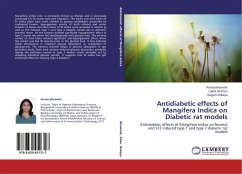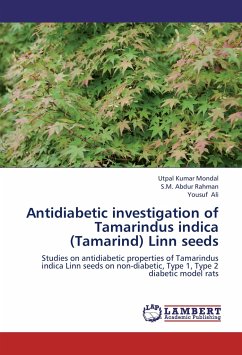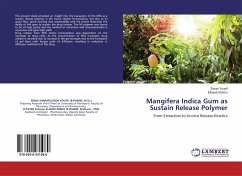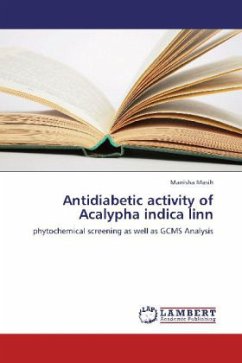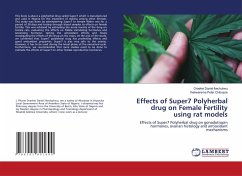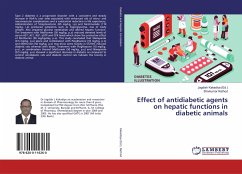Mangifera indica Linn, is commonly known as Mango and is extensively consumed for its sweet taste and fragrance. The leaves and stem barks of M indica plant have been claimed to possess antidiabetic properties by traditional healers. Hypoglycemic activity of both ethanol and water extracts of leaves and stem barks of M indica were screened in normal as well as STZ induced type 1 and Type 2 diabetic model rats in different prandial states. All the extracts showed significant hypoglycemic effect in type 2 model rats when fed simultaneously with glucose load. The ethanol extract of stem barks showed significant anti-hyperglycemic effect when the extract was fed 30 minutes prior to the glucose load. It may indicates either interference in intestinal glucose absorption or, stimulation of glycogenesis. The extracts showed delays in glucose absorption in gut perfusion study. Stem bark extracts reduced glucose absorption gradually during the perfusion period in type 2 models which probably act by impairing intestinal glucose uptake. It suggests that M indica has got beneficial effect for treating Type 2 diabetes.

